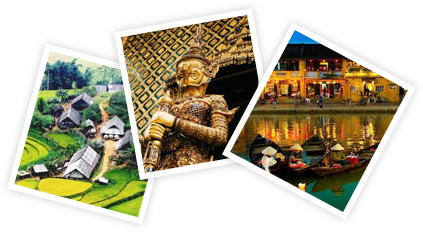As the name, curry is the central ingredient, but after you’ve chosen one – typically a meaty, somewhat oily curry based around pork, shrimp, fish, beef or mutton a seemingly never-ending succession of side dishes will follow.
These meals include rice, a tart salad, a small bowl of soup, a small dish of fried vegetables and a large tray of fresh and par-boiled herbs and vegetables to be eaten with various dips ranging from ngapi ye, a watery, fishy sauce, to balachaung, a spicy, dry mixture of chillies, garlic and dried shrimp fried in oil.
At a Muslim-run curry store, the soup might be a mixture of root vegetables and lentils, while the sides might include a few crispy delicious pappadum.
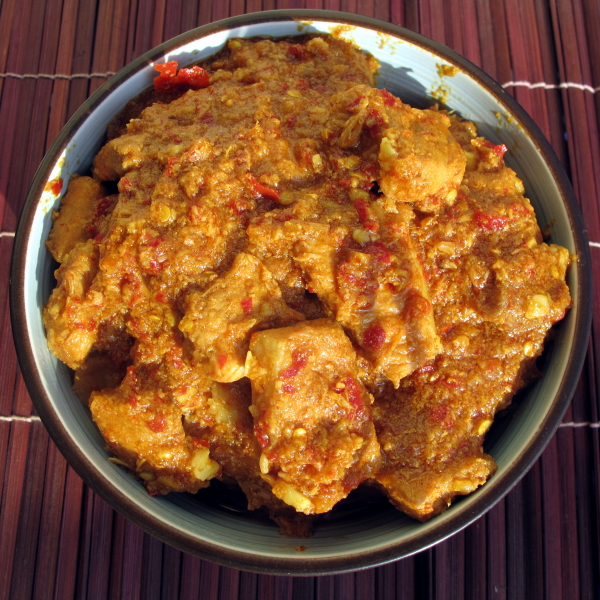
By the time it’s all done, you’ll have a chance to be face to face with a spread of dishes that seems to include all the ingredients, textures and flavors of Myanmar.
After you’ve tried it all, you can enjoy a traditionally delicious Burmese dessert — a lacquer tray containing pickled tea leaves and nuts, or a jar of chunks of palm sugar. Tours in Myanmar
Burmese tea shop meal
Myanmar’s tea shops aren’t only the places to sip tiny cups of sweet, milky tea.
They are also known as a crash-course on various cuisines of Myanmar — dishes served often reflect the ethnicity of the shop’s proprietor.
Tea shops often, which are run by ethnic, Burmese are good places to dig into the world of traditional Burmese noodle or rice dishes such as htamin thoke, a type of rice salad.
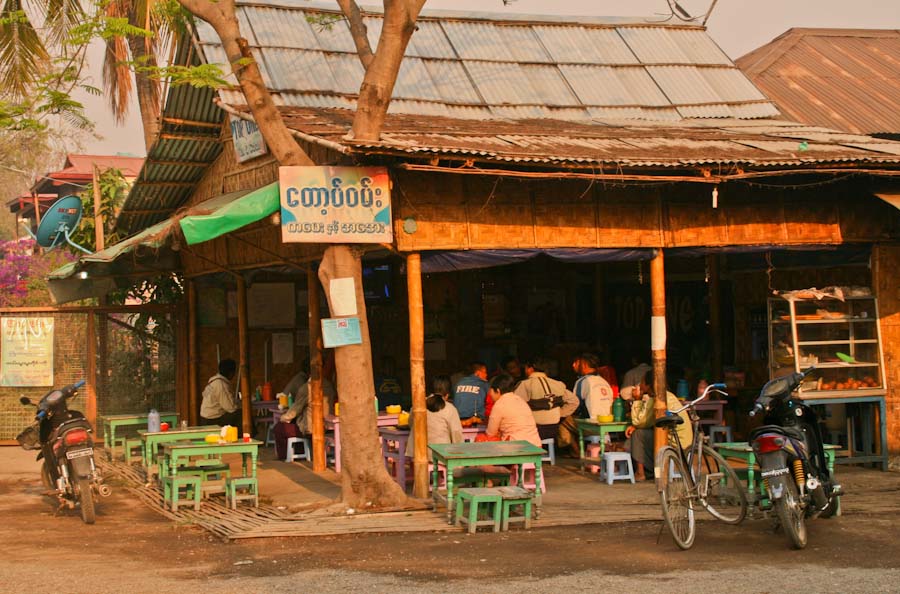
Burmese tea shops tend to serve deep-fried savory snacks, South Asian-influenced such as poori or samosas or baked breads such nanbya. The latter also often serve South Asian-style desserts.
Chinese tea shops’owners often feature baked sweets as well as meaty steamed buns and dim sum-like items.
Burmese sweet snacks
Sweets of Burmese are unlike western sweet dishes, “moun” as it is often known, aren’t purchased as dessert but rather as snacks, typically gather with tea in the morning or afternoon.
Unlike sweets in Southeast Asia areas, moun aren’t packed with sugar, instead getting their sweet flavors from ingredients such as grated coconut, coconut milk, rice flour, cooked sticky rice, tapioca and fruit.
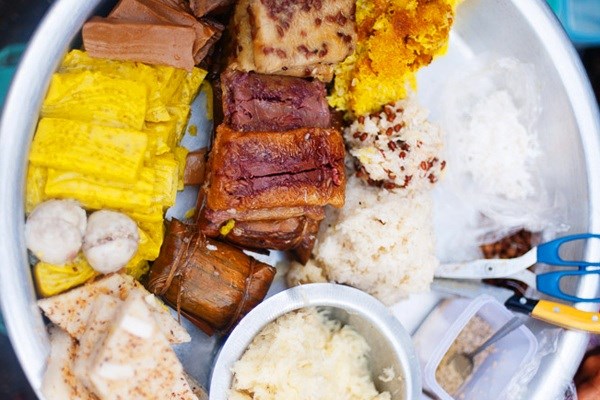
A Burmese sweet often includes small cakes of crumbly semolina flour with ghee, coconut milk and raisins, hsa nwin ma kin and bein moun and moun pyit thalet, Burmese-style pancakes, served sweet or savory, with a damp, hole-y consistency not unlike an English crumpet.
Mohinga
Mohinga fine is Myanmar’s unofficial national meal, round rice noodles served in a herbal fish- and shallot-based broth, often supplemented with the crunchy pith of the banana tree.
It’s favourite as a breakfast dish, but, sold by mobile vendors, it’s a common snack at any time of day or night.
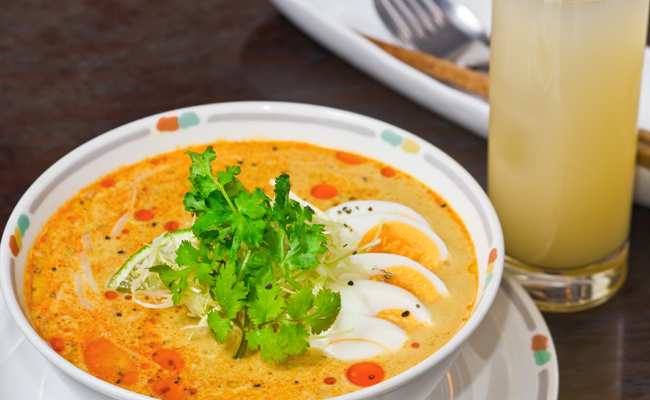
Optional toppings include a sliced hard-boiled egg and akyaw, deep-fried crispy veggies and/or disks of lentil batter. The dish is frequent to taste with a squeeze of lime and/or flakes of dried chili.
Shan-style noodles
The meal most popular associated with Shan State is this mixture of flat, thin rice noodles in a clear, peppery broth with marinated chicken or pork, garnished with toasted sesame and a drizzle of garlic oil. It’s served with a side of pickled vegetables.
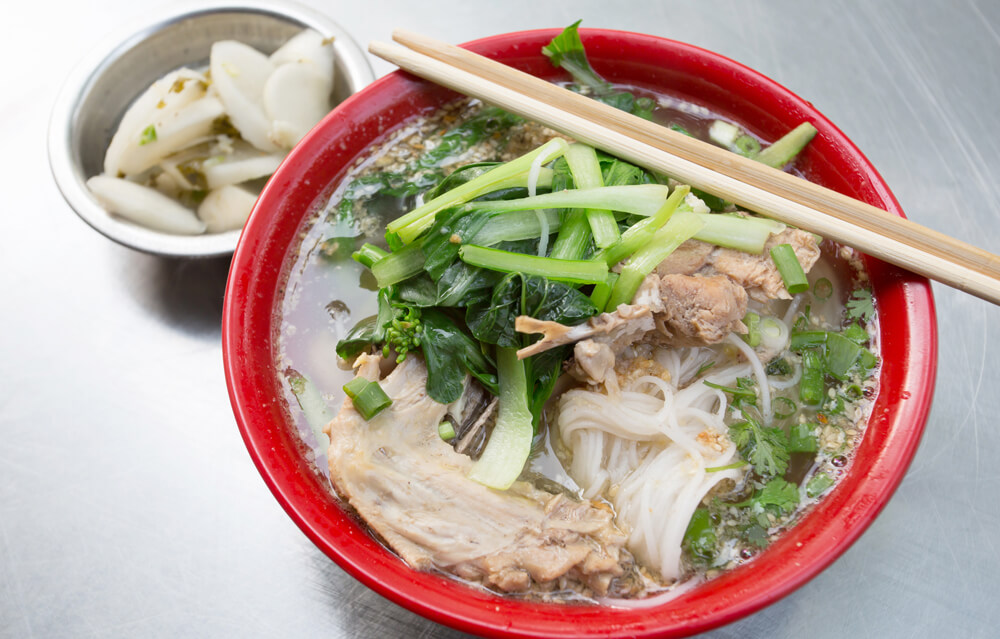
In compare with most Burmese noodle dishes, it’s relatively simple, verging on bland, but is reassuringly comforting and consistently delicious. A “dry” version, with the broth served on the side, is also common.
Every visitor to the country should seek these 10 meals out because of their comprehensive taste of the cuisine.
Asia Travel Lover









